"Animation is a visual symphony that dances to the rhythm of our imaginations."
Glen Keane
Creating a captivating stop-motion film requires an in-depth understanding of various elements, each of which has a crucial role to play in the grand scheme of things. Among these, the art of lighting for stop motion is one that can truly transform your work from good to exceptional.
A well-lit stop-motion scene can not only bring your characters and sets to life but also influence the emotional tone of your story. In this comprehensive guide, we will explore the intricacies of lighting for stop motion, making your journey toward mastery smoother.
Cover GIF by Mochimochiland via GIPHY
Shining a Light on the Role of Lighting for Stop Motion

Just as a painter uses his brush to infuse life into a canvas, lighting is the animator's tool to create depth and mood in a scene. In the world of stop-motion animation, the importance of lighting is manifold.
Excellent lighting for stop motion sets the stage for the viewer's experience. It creates the necessary atmosphere, guides the viewer's eye, and highlights the key elements in each scene. It also adds depth and realism to the characters and props, making them more appealing and relatable.
Beyond the aesthetic, lighting serves a critical functional purpose. Consistent lighting across frames ensures seamless continuity, allowing for a smooth and coherent narrative. On the other hand, erratic lighting can result in a jarring viewing experience, distracting the viewer and disrupting the narrative flow.
Understanding the Foundational Principles of Lighting for Stop Motion

GIF by Channel Frederator via GIPHY
Before we delve into the practical aspects of mastering lighting for stop motion, it is important to grasp some foundational principles.
The Direction of Light: Crafting Mood and Atmosphere
The direction of the light in your stop-motion scene can dramatically alter its visual appeal. Top, side, front, or backlighting can convey different feelings and atmospheres. For instance, lighting from the side can create intense shadows and depth, while backlighting can silhouette your characters, creating dramatic and impactful scenes.
Color and Intensity: Narrating Through Light
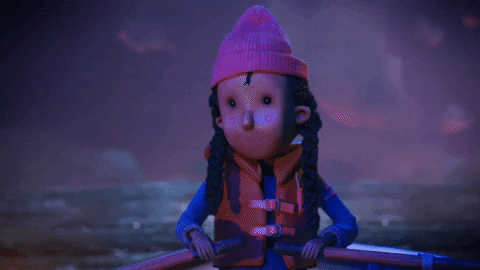
The color and intensity of light play a pivotal role in the narrative of your scene. Warm hues of light can create a sense of comfort and coziness, while colder shades can suggest a sense of isolation or tension. Similarly, soft lighting can create an intimate, relaxed atmosphere, while intense, harsh light might signify conflict or unease.
Consistency: The Make or Break Factor
One of the most critical aspects of lighting for stop motion is consistency. Sudden changes in light intensity or direction between frames can lead to an unpleasant flickering effect in the final animation. This can be very distracting to the viewer and can take away from the overall quality of your work.
Navigating the Steps to Mastering Lighting for Stop Motion
Having understood the principles, it's time to put them into practice. Here's a step-by-step guide to mastering lighting for stop motion.
Step 1: Pre-Production: Planning Your Lighting Set-Up
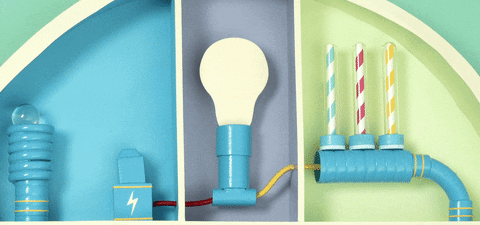
GIF by criswiegandt via GIPHY
A well-planned lighting setup begins long before you set up your camera or lights. Visualize your scene – the mood you want to convey, the time of day, the location, and how these elements can be represented through lighting.
Step 2: Gathering Your Equipment: Investing in Good Lighting Tools
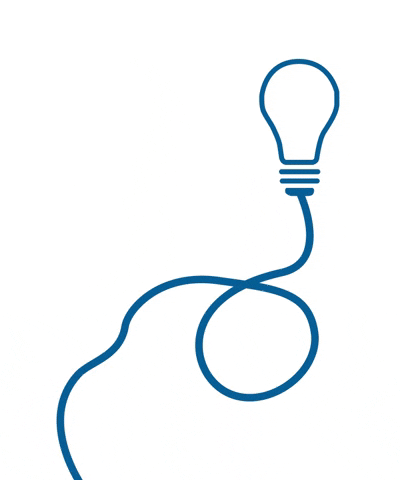
Having the right tools can make a huge difference in your stop-motion lighting. While you don't need to break the bank, investing in some basic, quality lighting tools like softboxes, diffusers, LED panels, and adjustable desk lamps can go a long way in creating effective lighting for stop motion.
Step 3: Experimentation and Testing: Finding the Right Lighting
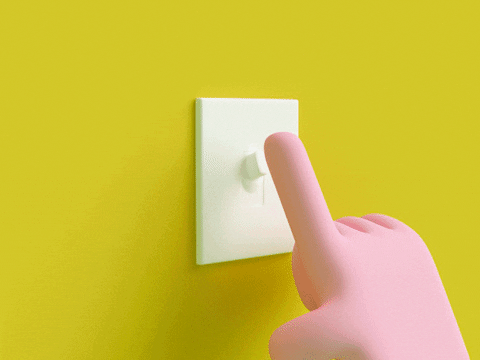
GIF by Alexis Tapia via GIPHY
After setting up your lights, it's time for experimentation. The pre-production plan provides you with a roadmap, but the magic often happens when you start trying different arrangements and intensities. Do a few test shots, evaluate the result, and make necessary adjustments. Each scene may require its unique lighting design, so don't be afraid to explore various possibilities.
Step 4: Consistency: Ensuring Seamless Transitions Between Frames
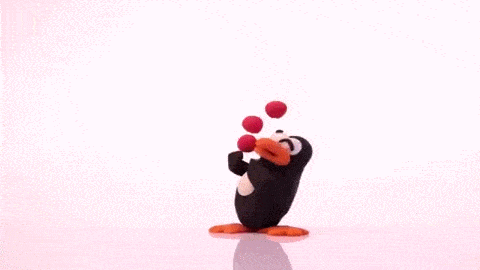
GIF by Channel Frederator via GIPHY
Once you've achieved the desired lighting, the challenge lies in maintaining it throughout the filming process. Any changes in the lighting setup can result in unwanted inconsistencies across frames. To avoid this, mark the positions of your lighting sources, and ensure they remain unchanged while shooting each frame. Consistency in lighting for stop motion is a critical factor that contributes to the smoothness and flow of your animation.
Additional Techniques to Elevate Your Lighting Game
Mastering the basics of lighting for stop motion lays the groundwork for your animation project. However, to truly excel and create impactful work, understanding and applying a few additional techniques can be beneficial.
Utilizing Three-Point Lighting

GIF by jessecoxofficia via Tenor
Three-point lighting is a standard method used in visual media, and it works excellently for stop motion too. This setup involves three light sources - the key light (main light), fill light (secondary light), and backlight (creates depth). The three-point lighting setup helps to create a balanced and well-lit scene that brings out the details and adds depth to your subject.
Creating Atmosphere with Gels
Lighting gels are thin sheets of plastic that are placed in front of a light source to color the light. They can be used creatively to influence the mood and atmosphere of your scene. For instance, a blue gel can mimic night-time lighting, and a red or orange gel can simulate a sunset or sunrise.
Experimenting with Shadows
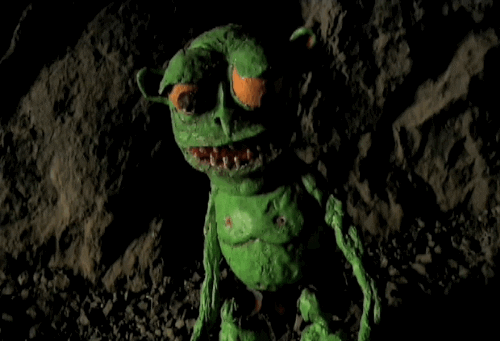
GIF by Charles Pieper via GIPHY
Shadows can be a powerful tool in lighting for stop motion. They add depth and dimension to your scenes and can be used to highlight or hide specific elements. Playing around with hard and soft shadows can result in intriguing effects and elevate the aesthetic appeal of your animation.
Beyond Lighting for Stop Motion

Mastering lighting for stop motion and other aspects of animation doesn't have to be a solo journey. Join the Animation Business Accelerator Program, connect with like-minded animators, and take a significant leap toward your animation career goals.
Remember, the journey to mastering lighting for stop motion is a process. It involves experimentation, learning from mistakes, and consistent practice. But, armed with these insights and the willingness to explore, you're well on your way to creating stunning stop-motion animations that captivate and delight audiences.
Sign up today for a free strategy session; this is an excellent opportunity to learn more about animation business best practices and so much more. Also, be sure to check out our insightful blog post on “How to Start an Animation Studio,” for additional guidance. It’s time to take your animation skills to new heights and bring your creative visions to life.



